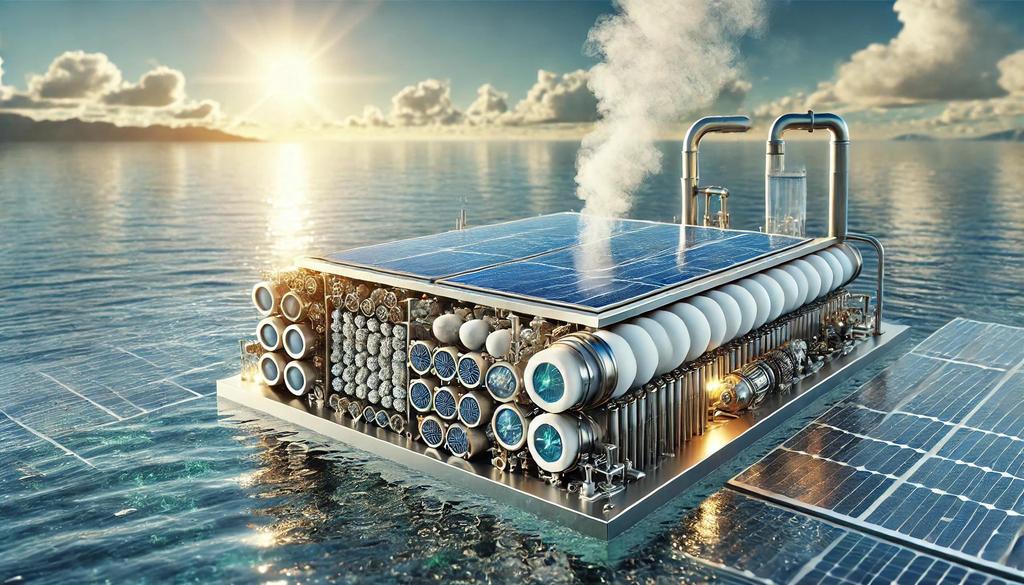Water scarcity is one of the most pressing global challenges, affecting billions of people worldwide. With freshwater resources depleting rapidly, desalination, converting seawater into potable water, has emerged as a viable solution. However, conventional desalination methods are energy-intensive and often rely on fossil fuels. Solar-powered desalination offers a sustainable alternative, combining renewable energy with water security.
How It Works:
Solar-powered desalination systems use solar energy to drive processes like reverse osmosis or multi-effect distillation. Solar thermal collectors or photovoltaic panels supply the required energy, significantly reducing carbon emissions. In smaller setups, solar stills can purify water using direct sunlight, making the technology adaptable for both large-scale and decentralized applications.
Advantages:
The key benefit of solar desalination is its sustainability. It reduces dependence on fossil fuels, lowers operational costs over time, and ensures access to clean water in remote or coastal regions. For countries like India with vast coastlines and abundant sunlight, solar desalination can play a pivotal role in addressing water shortages. Additionally, it aligns with global climate goals by minimizing greenhouse gas emissions.
Challenges:
High installation costs, technological complexity, and the need for advanced materials to handle saltwater corrosion are barriers to widespread adoption. Energy storage solutions are also required to ensure round-the-clock operation, as solar energy is intermittent.
Future Potential
With advancements in solar efficiency, energy storage, and membrane technology, solar desalination is moving closer to commercial viability. Governments and private players are increasingly investing in pilot projects worldwide.
Solar-powered desalination represents a powerful solution to water scarcity, offering clean, sustainable, and scalable access to freshwater. As technology matures, it could become a cornerstone in building water-secure and climate-resilient communities.




